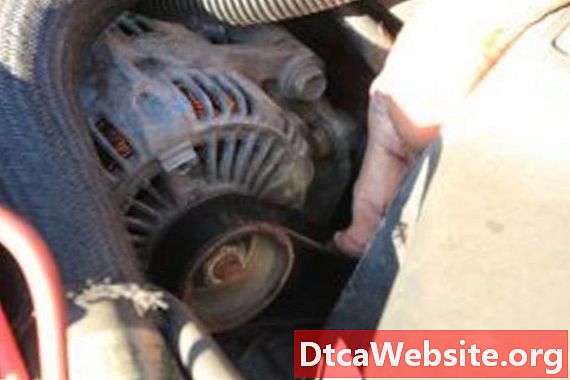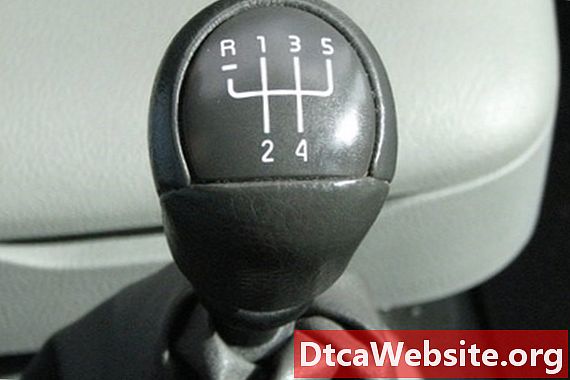
Contenu
Building a Pro Street class race vehicle requires extensive modifications to the base vehicle in order to be race legal as well as competitive. Many of the required modifications are safety related and required by the National Hot Rod Association, or NHRA. In order for a vehicle to be competitive in the Pro Street class of drag racing, many optional performance upgrades must be installed and professionally tuned.
Step 1
Select the base vehicle. Almost any vehicle can be used to build a Pro Street class car, as long as it conforms to NHRA regulations concerning weight and wheelbase. The maximum weight allowed in the Pro Street class is 3,150 pounds with a small block engine and 3,400 pounds with a big block. Both figures include driver weight. The maximum wheelbase, as measured from the center of the front wheel to the center of the rear wheel, is 130 inches. Many race teams select 1960s- and 1970s-era muscle cars for participation in Pro Street racing due to aftermarket part availability and support.
Step 2
Install NHRA mandated safety features. These include; roll cage and five-point racing harness, driveshaft safety loop, four-wheel independent brakes, double reservoir master cylinder, and securely fastened fuel cells, batteries and weights. In addition to these vehicle components, the driver must wear his racing harness and helmet at all times.
Step 3
Perform necessary performance upgrades. These vary widely from team to team, and even between separate vehicles operated by the same team. However, the most fundamental upgrade performed on any Pro Street vehicle is narrowing the rear axle to allow bigger tires. Larger tires increase the cars traction.
Step 4
Upgrade engine output. This is absolutely essential in Pro Street racing as an increase in vehicle power output subsequently increases the vehicles power-to-weight ratio, which is a fundamental concept in drag racing theory. The less mass each engine horsepower has to move, the faster the vehicle will ultimately travel, shortening the length of time it takes the vehicle to travel the quarter-mile distance. There are many ways to increase a vehicles power, ranging from modifying and replacing parts on the vehicles existing engine to completely replacing the engine.
Cut vehicle weight. Another way to improve a vehicles power-to-weight ratio is to lighten the vehicle by installing lightweight racing variants of necessary parts or removing nonessential parts entirely.


